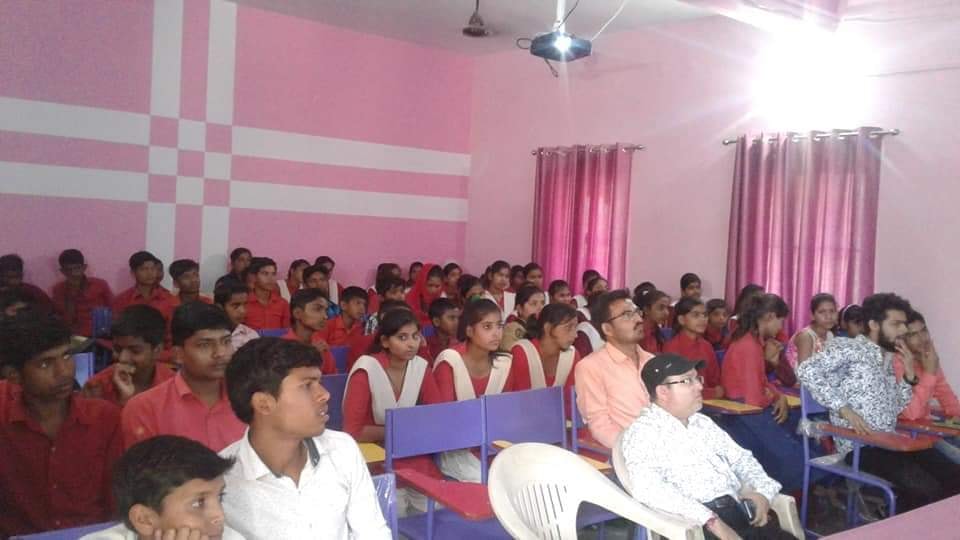Learning - Teaching Pattern
It is a well-known fact that different students have different "LEARNING STYLES".
To accommodate all these different types of learners we -
- Employ different teaching - co-teaching styles for every class.
- Make use of various practice techniques like spacing, interleaving, retrieval, change of location, etc.
- Train teachers in various instructional models.
- Plan activities to cater to every learning style.
- Ensure active participation of every learner.

Traditional Rote Pattern
Information based
Resource : Text books only
Core area : Memory
Tests based on remember & recall system. Generally more you remember, better you perform.
Passes information irrespective of child’s abilities. Then supported by Home work and Tuition.
Textbook oriented
Students are mostly passive listeners
Less retention
Many times stressful
RLIC Pattern
Experience based
Resource : Child’s experience and observation
Core area : Experience
Understand and Explain. Here the evaluation is based on understanding of the child.
Enhances capacities and enriches knowledge, which is supported by experiential learning.
Life oriented. Uses text books only as guidance.
All the students are always active participants.
Almost total retention
Always stress free
The exponential growth of technology in terms of – Artificial Intelligence and Internet of Things – has drastically changed the scenario of jobs and professions. Therefore, in the recent years there has been a change in expectations of the outcomes from the education system, especially in the developed and developing countries. The needs of education have changed and innovation-leadership skills-creativity are the key words for describing the required qualities of future generations.
Anticipating these future needs and changing global environment GDS has developed a program that helps students to acquire these qualities, skills and personality traits which will help them to face the future challenges.

